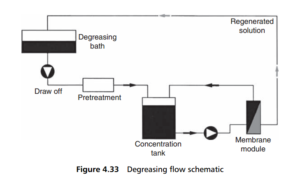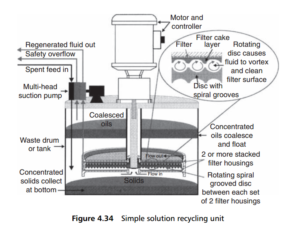0
-
An empty cart
You have no item in your shopping cart
envato-wordpress-toolkit domain was triggered too early. This is usually an indicator for some code in the plugin or theme running too early. Translations should be loaded at the init action or later. Please see Debugging in WordPress for more information. (This message was added in version 6.7.0.) in /var/www/wp-includes/functions.php on line 6121g5plus-darna domain was triggered too early. This is usually an indicator for some code in the plugin or theme running too early. Translations should be loaded at the init action or later. Please see Debugging in WordPress for more information. (This message was added in version 6.7.0.) in /var/www/wp-includes/functions.php on line 6121Aqueous degreasing processes use alkaline or acid solutions containing chemicals and various additives. These baths become contaminated with oil and when the bath loses its efficiency, its contents have to be renewed, at a high cost, or the oil must be removed. A well tested method for oil removal is based on using CFCC (carbon fibre-carbon composite) filter membranes, and permanently hydrophilic polymer membranes.
This process ( Figure 4.33) can remove oil from either immersion or spray type baths. In operation, part of the bath volume is continuously drawn off and treated to remove an amount of oil equal to the process input. Pretreatment first removes the
free oil and solids. It then passes to a concentration tank where the oil is continuously

removed by circulation over CFCC membranes. The oil-free solution is then returned to the bath. When enough oil has collected, the concentration tank is emptied.
The process is purely a mechanical separation. Batch bath regeneration is also possible.
A simple device, shown in Figure 4.34, is employed for point-of-use cleaning of degreasing solutions. This is designed to operate without prefiltration and with low maintenance. It incorporates stacked filter housings and a rotating disc with spiral grooves to eject fluid across the filter surface in a vortex flow pattern, which sweeps the solids off the filter surface, preventing permanent fouling of the filter pores. The equipment is housed in a standard drum. Periodically, concentrated oils can be skimmed or pumped from the drum or the entire drum may be removed for disposal.
